iQOO 13 Review: Most powerful phone under Rs 60,000?
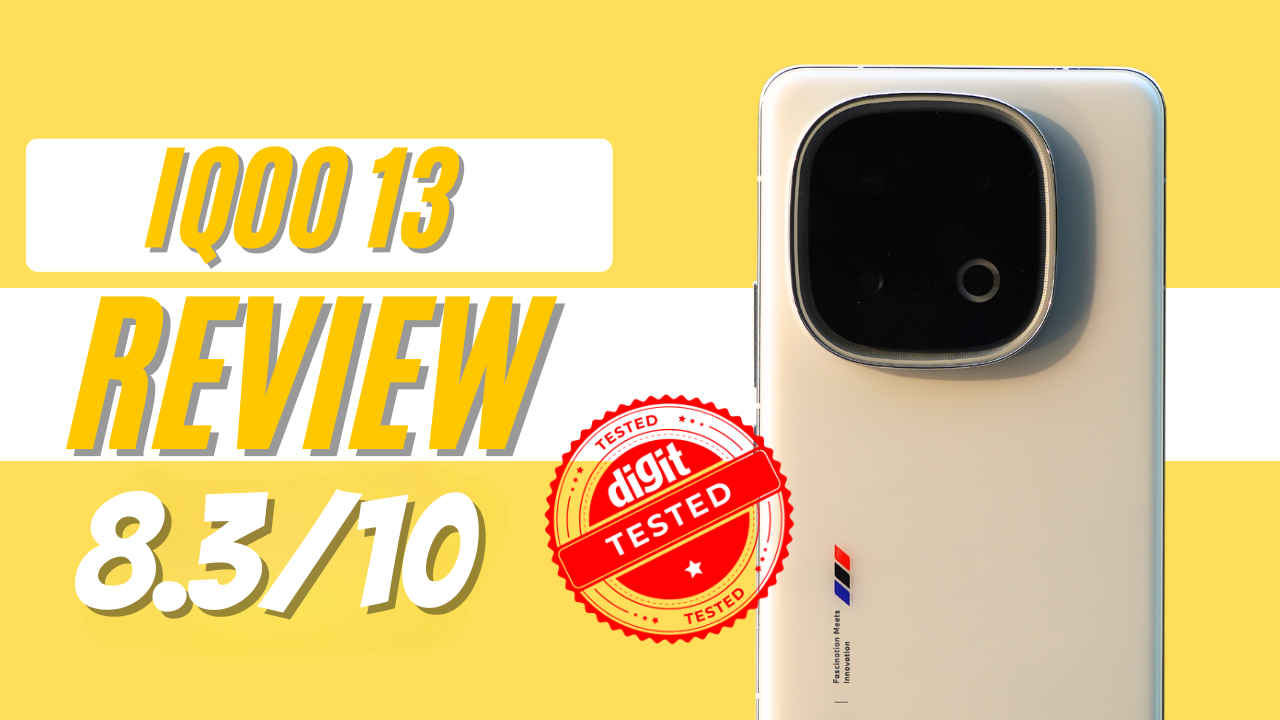
- Power-packed performance
- Ultra-fast charging
- Eyes-friendly display
- No protection on the back panel
- Poor edge recognition in portraits
- Heats up while running benchmarks
The iQOO 13, powered by the Snapdragon 8 Elite, is a performance beast that can handle almost everything you throw at it. Along with that, it has a luxurious display and lightning-fast charging. However, its cameras, especially in low light, fall short compared to its predecessor. Curious to know whether this smartphone is worth Rs 54,999? Let’s dive in!
iQOO as a brand is known for its heavy-performance smartphones that come to the market at a very justified price. I still remember, the iQOO 11 launched as India’s fastest smartphone because it was the first smartphone in India with the Snapdragon 8 Gen 2 processor. Now, 2 years later, we have the iQOO 13 that is powered by the Snapdragon 8 Elite processor, a processor that can even beat laptops when it comes to performance.
However, iQOO has been focusing beyond performance for the last two years. For example, the iQOO 12 had quite an impressive camera. Now, with the iQOO 13, what are you getting? More importantly, whatever you are getting, how well is it working? That’s why you and I, both are here to find out whether the iQOO 13 is worth the price or not. So, let’s begin!
Snapdragon 8 Elite is fine, but how stable is it in iQOO 13?
It’s a performance-centric smartphone, so let’s start with its performance. Now, we all know that the Snapdragon 8 Elite is a powerful chipset. But there is one major factor that matters a lot – “how stable is the processor inside a smartphone?” There are many optimisations included while powering a smartphone with a processor, if you don’t do that right, the processor will not deliver the power properly.
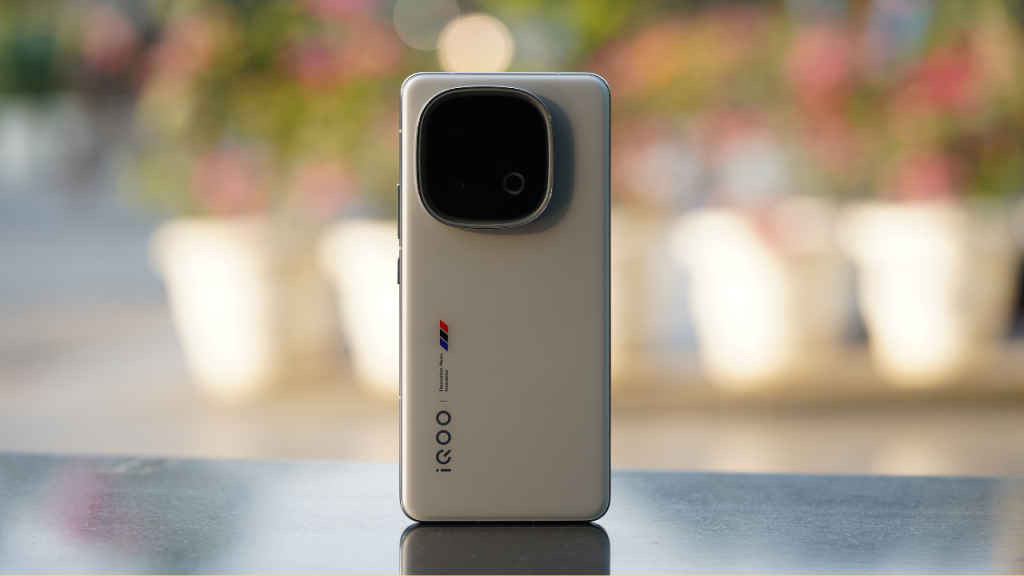
To start with, I ran the AnTuTu benchmark test on the iQOO 13 to test how powerful the Snapdragon 8 Elite is. According to this benchmark, AnTuTu showed that the chip scored around 2.7 million, which is quite similar to what the Realme GT 7 Pro has achieved. For more context, the Realme GT 7 Pro is the true competitor of the iQOO 13. But, if we look at the numbers more closely, the iQOO 13 was slightly more powerful than the Realme GT 7 Pro.
The GT 7 Pro scored 2736448 on AnTuTu, and on the other hand, the iQOO 13 scored 2764967. Now this isn’t a very big difference but still, the numbers are in front of you.
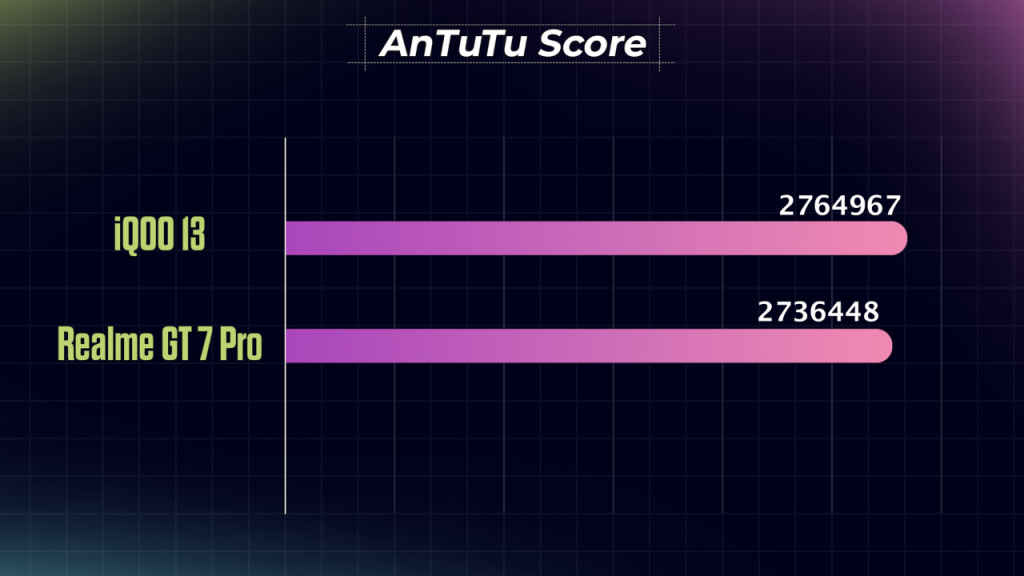
Next, I ran the Geekbench benchmark, where the iQOO 13 scored slightly better than the Realme GT 7 Pro. Geekbench evaluates processor performance for daily tasks such as calls, social media, and videos, as well as heavy tasks like gaming and editing. Here are the scores of both smartphones:
iQOO 13
- Single-Core (daily tasks) – 3065
- Multi-Core (heavy tasks) – 9705
Realme GT 7 Pro
- Single-Core (daily tasks) – 2748
- Multi-Core (heavy tasks) – 8388
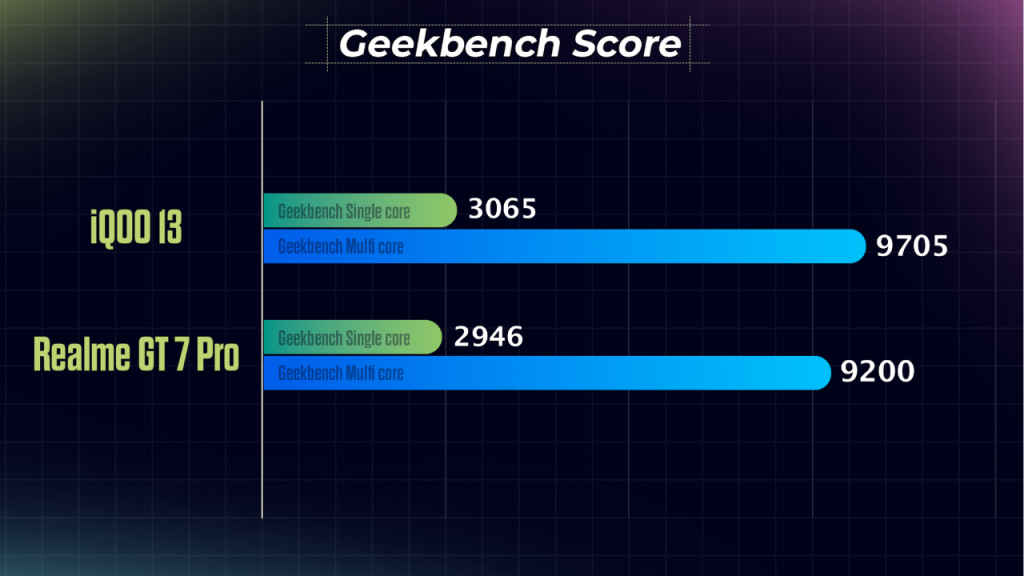
Now, coming to the main test: CPU throttling. This revealed something very interesting about the iQOO 13. If you put it under moderate load, it won’t reach its peak performance. But if you push it to the extreme like opening 30-40 apps simultaneously, that’s when it truly shows its power. However, it does heat up significantly under such aggressive loads. But that’s okay because if it doesn’t heat up at all, that would be a concern. Besides, it cools down within just 20-25 minutes.
After running CPU Throttling, one thing I know for sure is that the iQOO 13 is a heavy-performance smartphone. I ran three 30 minutes of these tests on 40 threads, that’s also why it heated up, but apart from that, the iQOO 13 was as smooth as ice.
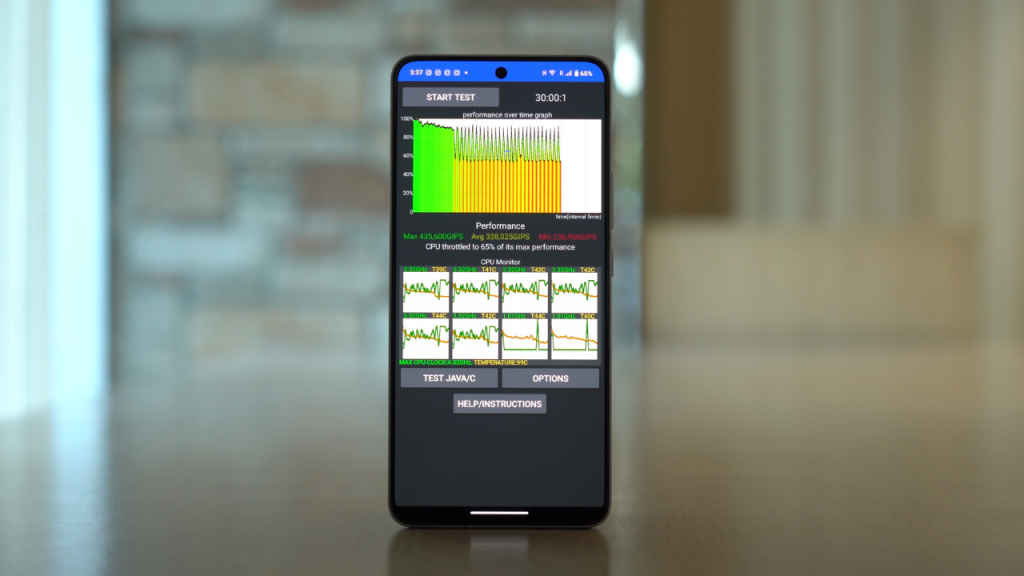
That said, most of you might never push it to such limits. At most, you would probably engage in some high-graphics gaming. So, I fired up a BGMI match as well. There was no lag, no glitch, no frame drop, nothing. The game ran very smoothly on high-graphics settings, and the phone didn’t even heat up much.
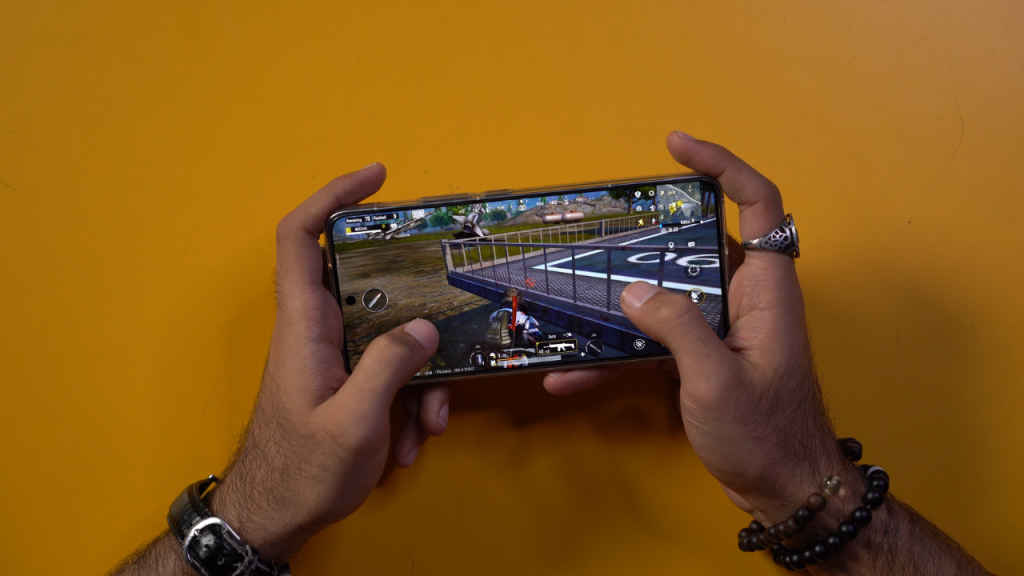
Along with good performance, we need other things also on a smartphone, right? Like the camera, which iQOO has focused on a lot this year as well.
Is iQOO 13 a camera upgrade over iQOO 12?
The iQOO 13 is equipped with a triple camera setup, consisting of a 50-megapixel Sony IMX921 main camera, a 50-megapixel Sony telephoto lens with 2x optical zoom, and a 50-megapixel ISOCELL JN1 ultrawide lens. Now, the catch here is that iQOO has removed the 64-megapixel periscope telephoto sensor that had up to 3x optical zoom from the iQOO 13. The iQOO 12’s camera did rounds and the major reason behind it is its periscope telephoto sensor.
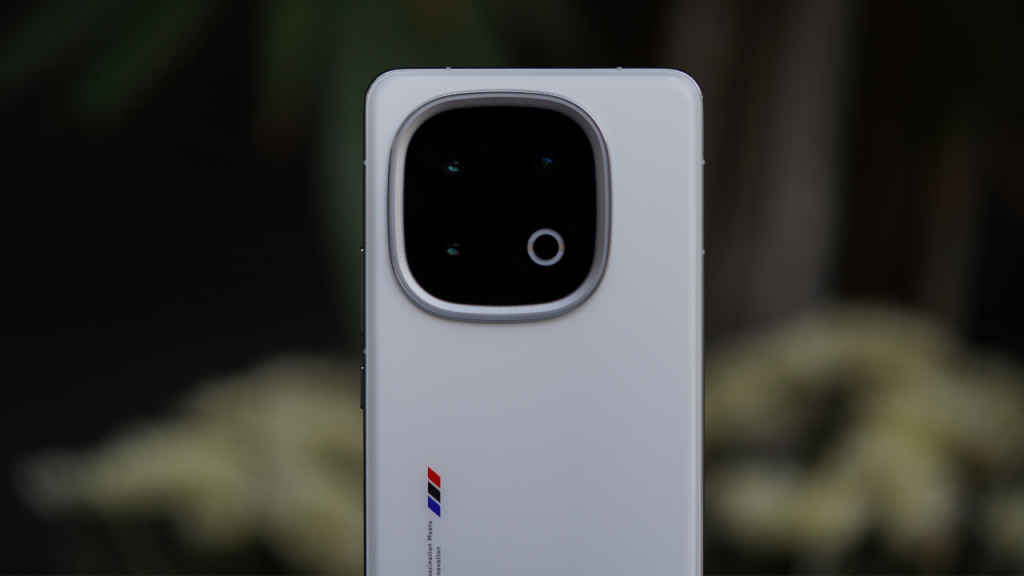
Would you call this a downgrade? Wait, till you see iQOO 13’s camera samples.
I think iQOO 13’s camera is not as good as its predecessor. Starting with the portraits, as you can see the edge detection on these pictures is just satisfactory. For example, in the cycle rickshaw picture, the main subject is out of focus, while the areas that should be blurred remain in focus.
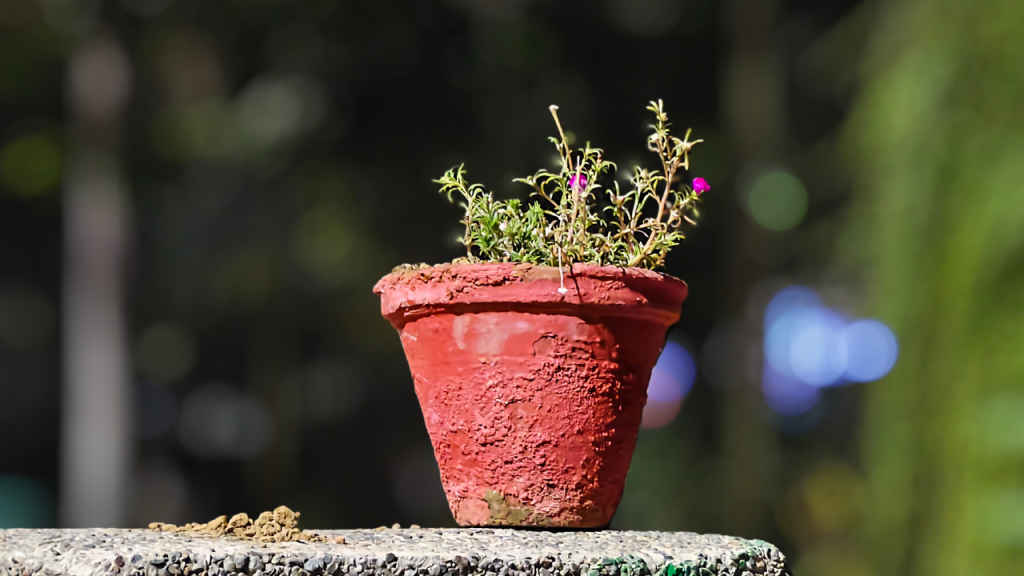
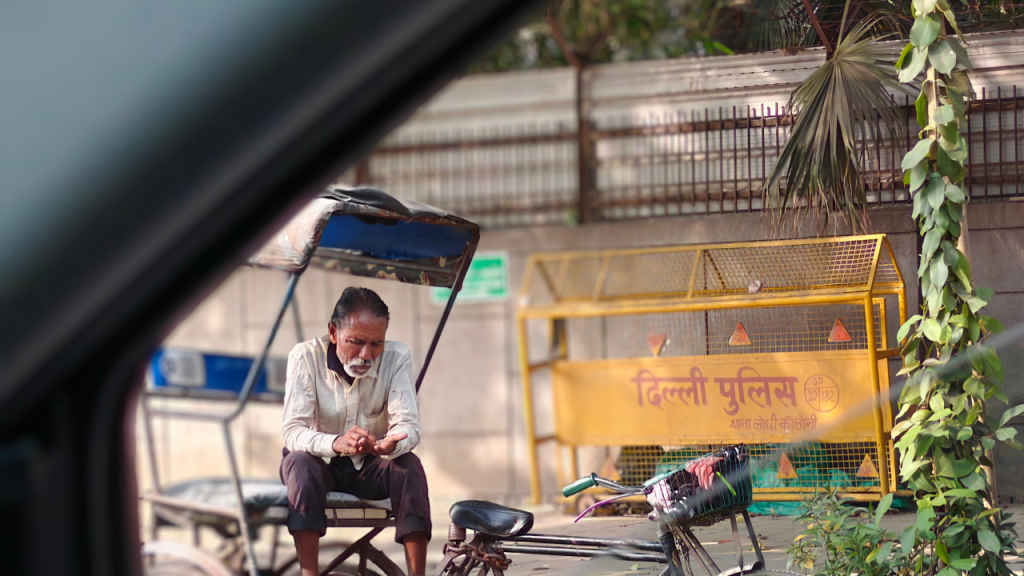
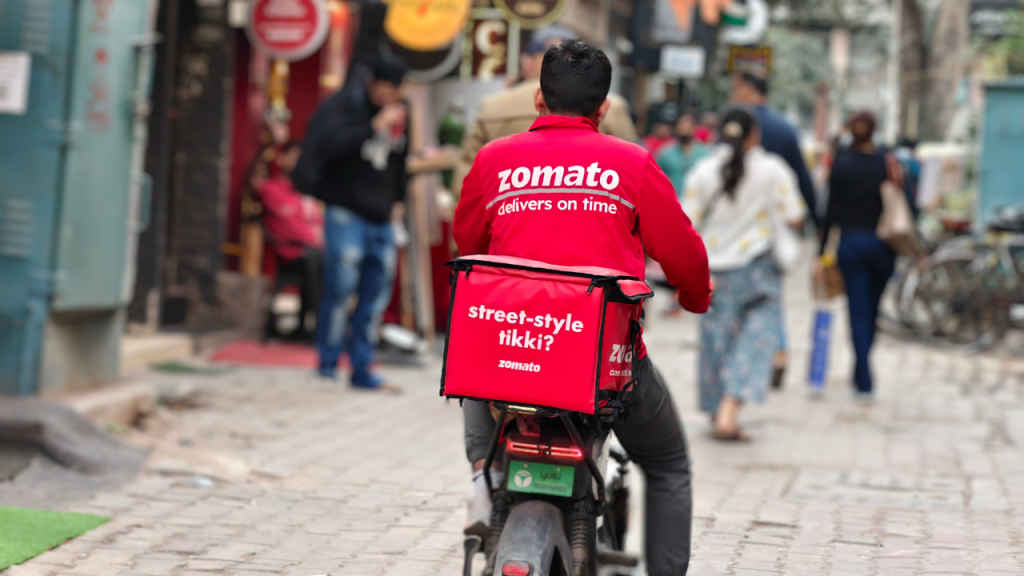
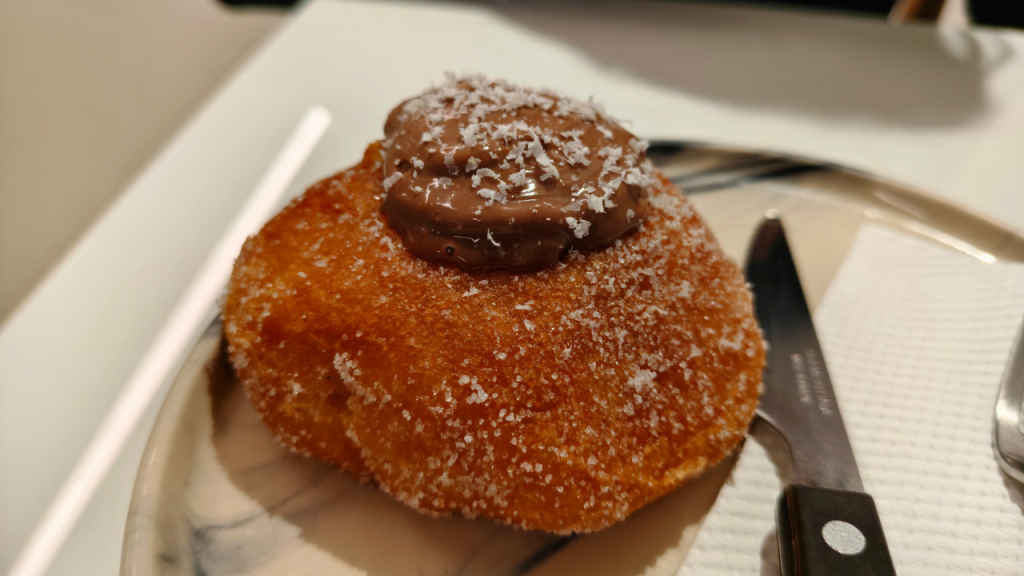
After this, light management is one thing this smartphone struggles with. It’s quite visible in low-light photos like these pictures with lit up buildings where you can see light bleeding, and the sky looks very hazy in every picture. In daylight also, you can see a proper halo behind my head.
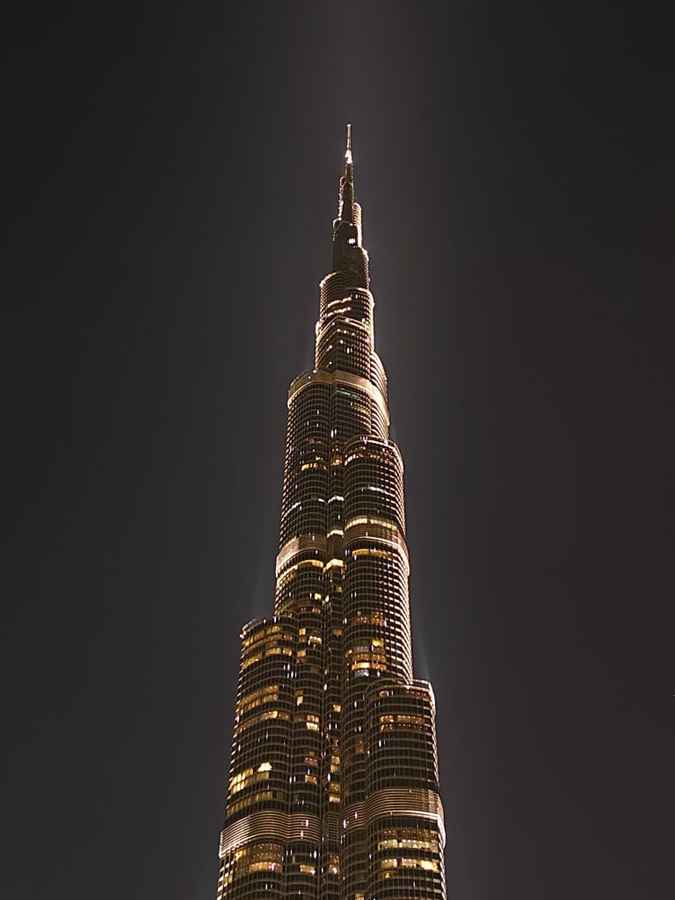

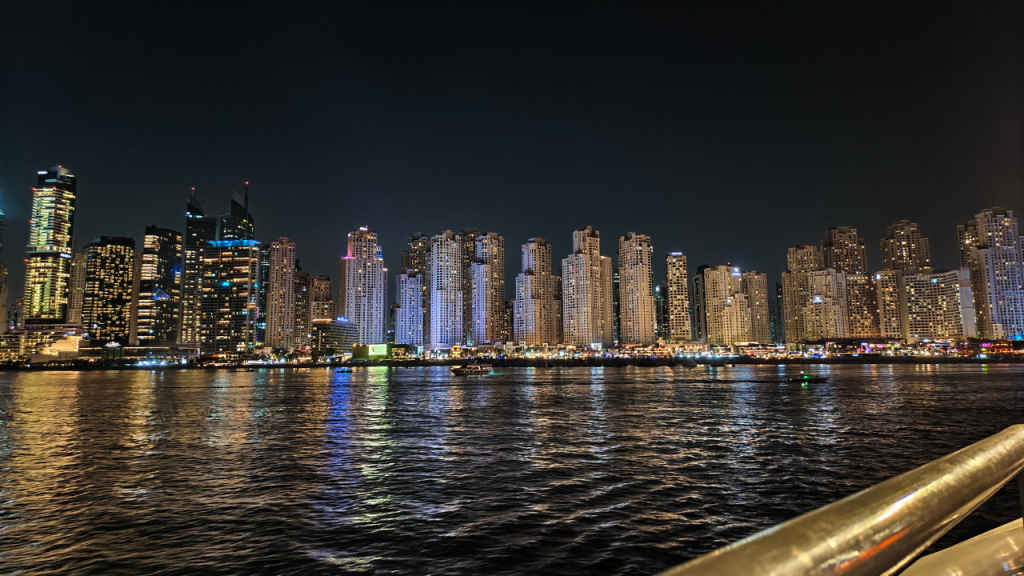
Apart from this, the wide-angle camera isn’t that great, and in low light, its performance drops even more.
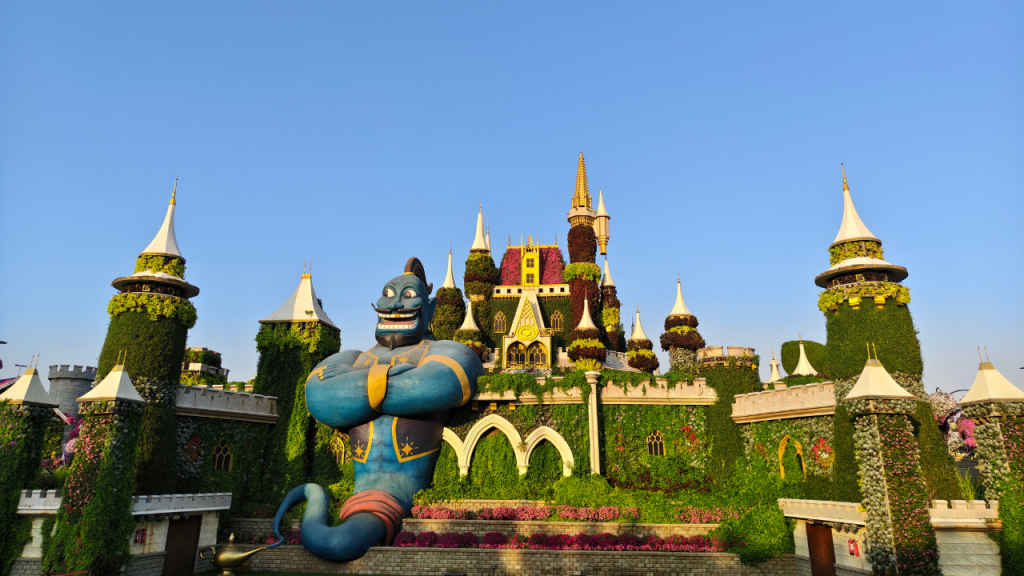
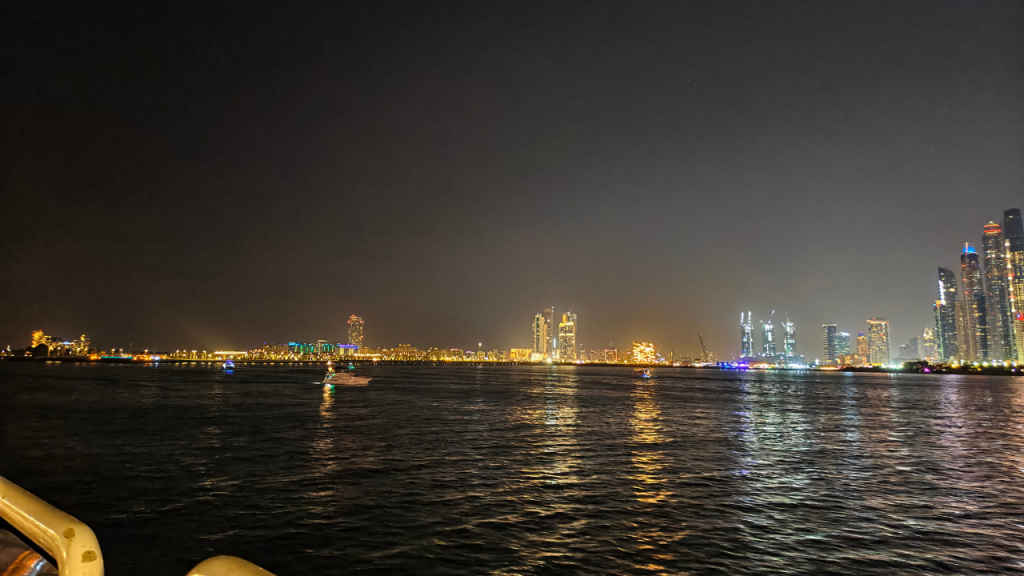

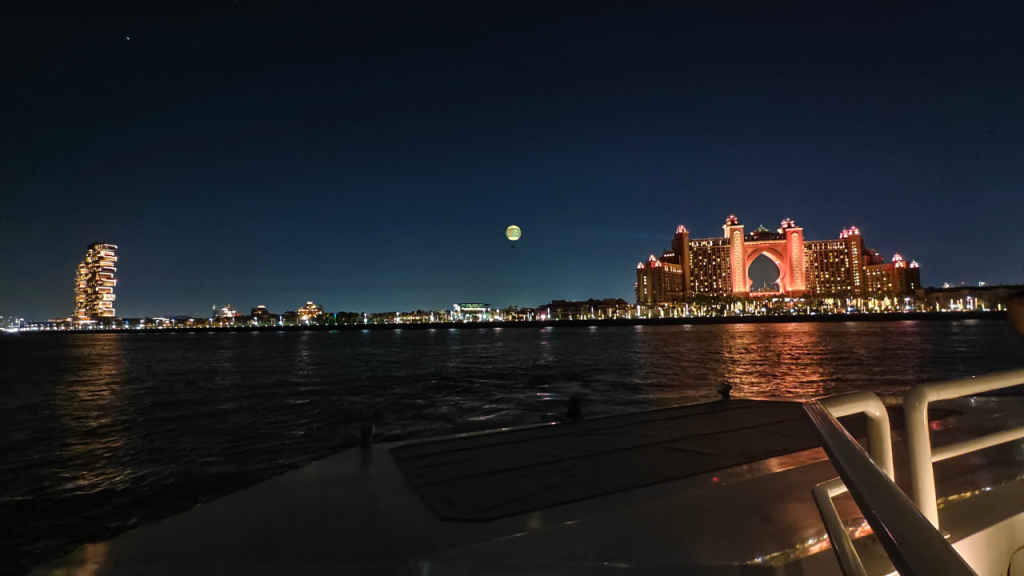
But despite all this, after the iQOO 12, the iQOO 13 is the second-best camera phone from this brand.
Because even though the periscope lens is gone, the 50MP telephoto sensor does an amazing job. Whether in daylight or low light, it captures stunning pictures. And here’s a pro tip: if you’re getting this phone, use the portrait mode at 100mm, the shots will look very cinematic.
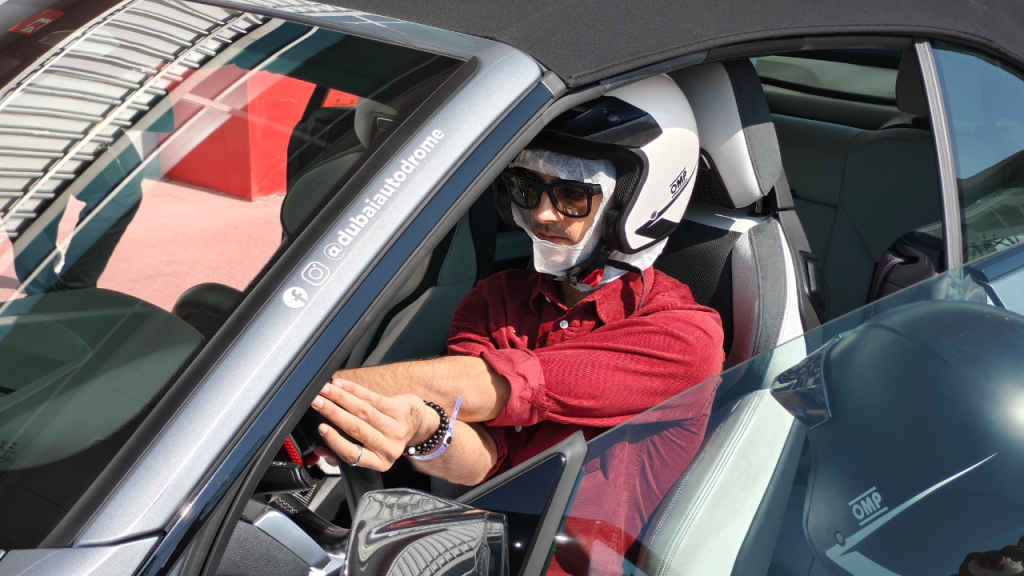
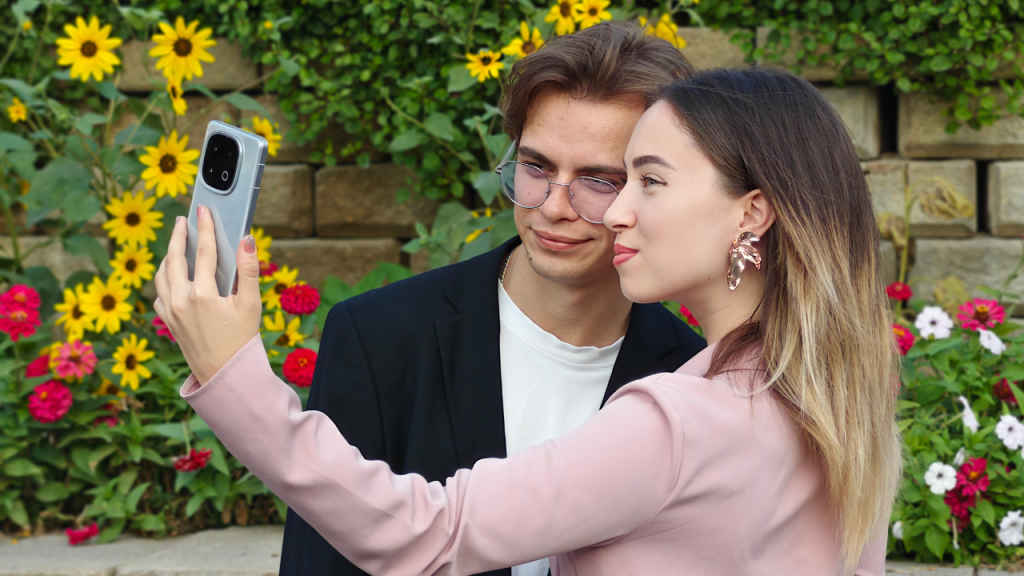

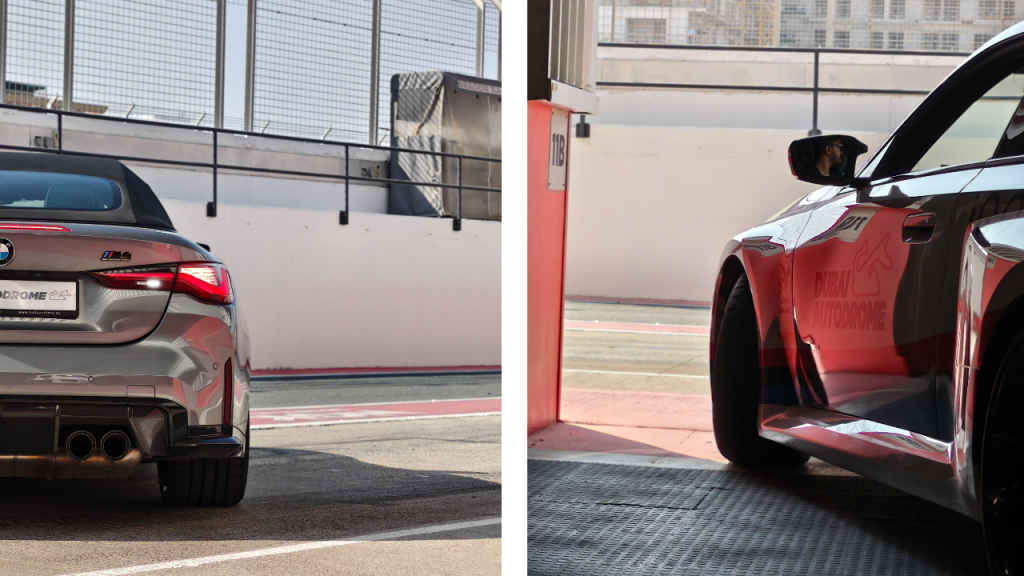
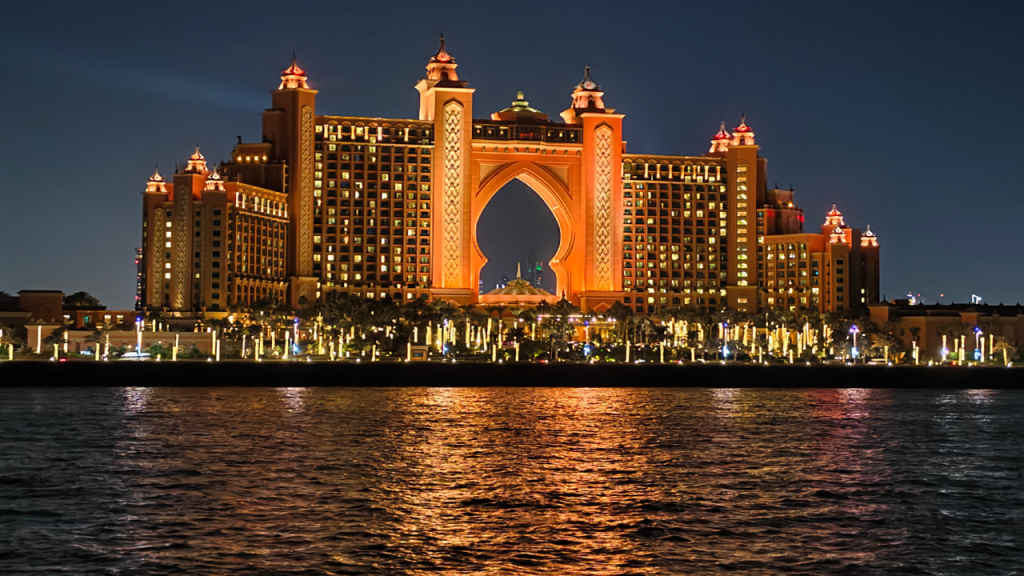
The shutter speed is very impressive, which helps capture moving objects nicely, especially in city lights kind of settings.
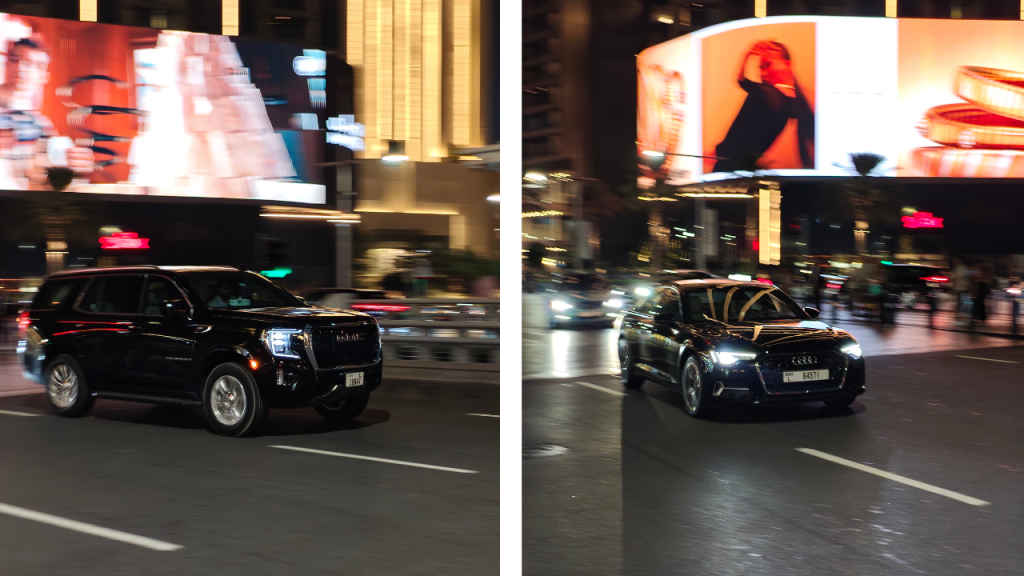
And even though the portrait mode’s edge detection isn’t perfect but with the right frame and some patience, you can take portraits like these as well with the iQOO 13.

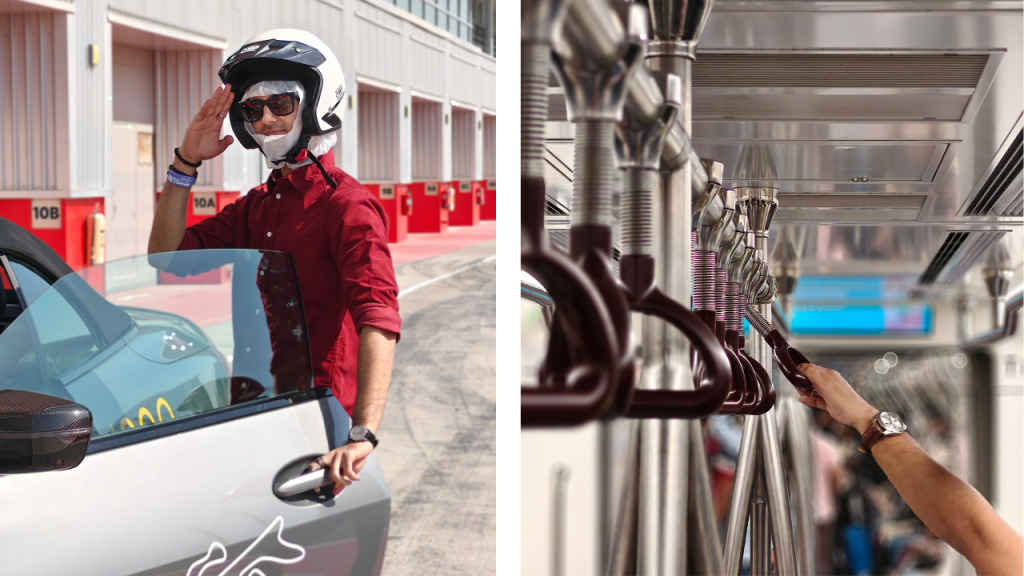

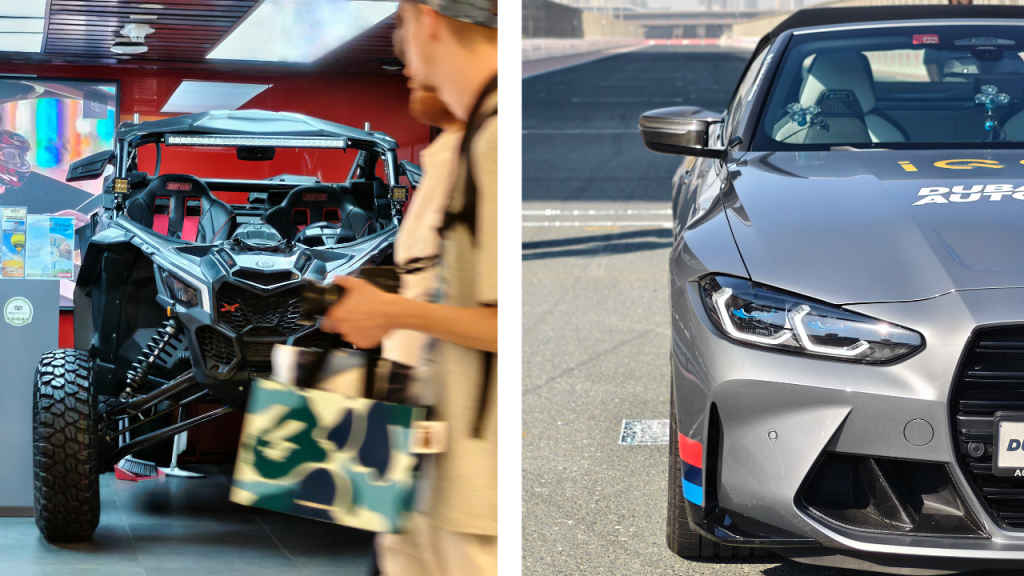
Nothing new in Design, except this ‘not so useful’ feature
Let’s talk about its design now. After using the iQOO 12, I can confidently say that the in-hand feel of the iQOO 13 is exactly the same. In fact, one time, I woke up half-asleep and started using this phone thinking it was the iQOO 12 for a while.
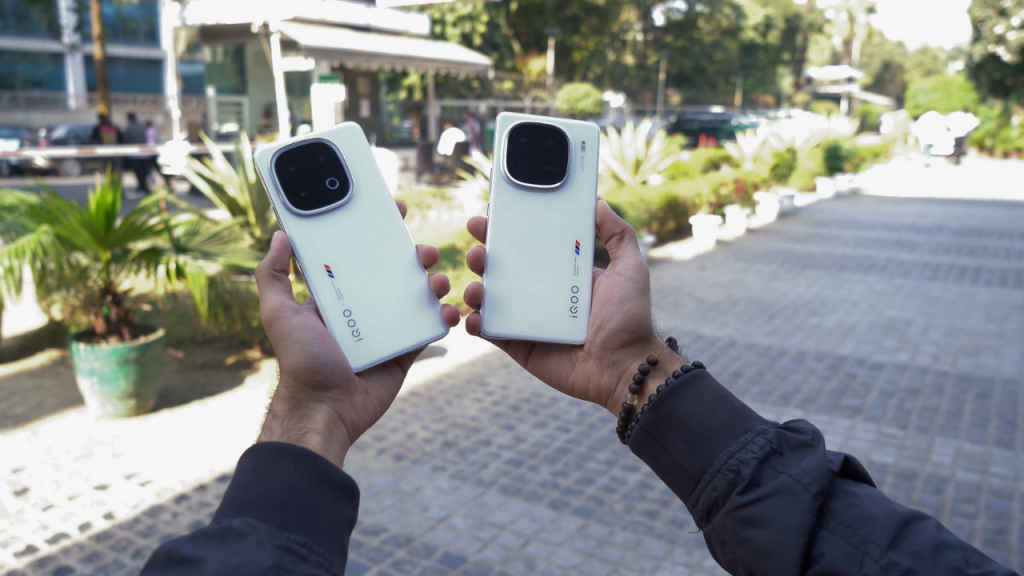
It has a flat display like last year and a glass back. I have the Legend colour with BMW stripes, there’s one more colour – Nardo Grey. Apart from colour, there is one more difference between these variants. The back of Legend has a matte finish, whereas Nardo Grey features a glossy back. Personally, I found the in-hand feel of Legend better. Now don’t think that I am using Legend that’s why I am saying it. I used the Nardo Grey for my video review which you can find below.
From the back, it looks quite similar too, with the same camera module, but there are some fancy tweaks. Speaking of which, the most unique feature of the iQOO 13 is also, in my opinion, the most useless one. I am talking about the “Monster Halo” light that surrounds the camera module. These are RGB LED lights that you can find as ‘Dynamic Light’ in the iQOO 13.
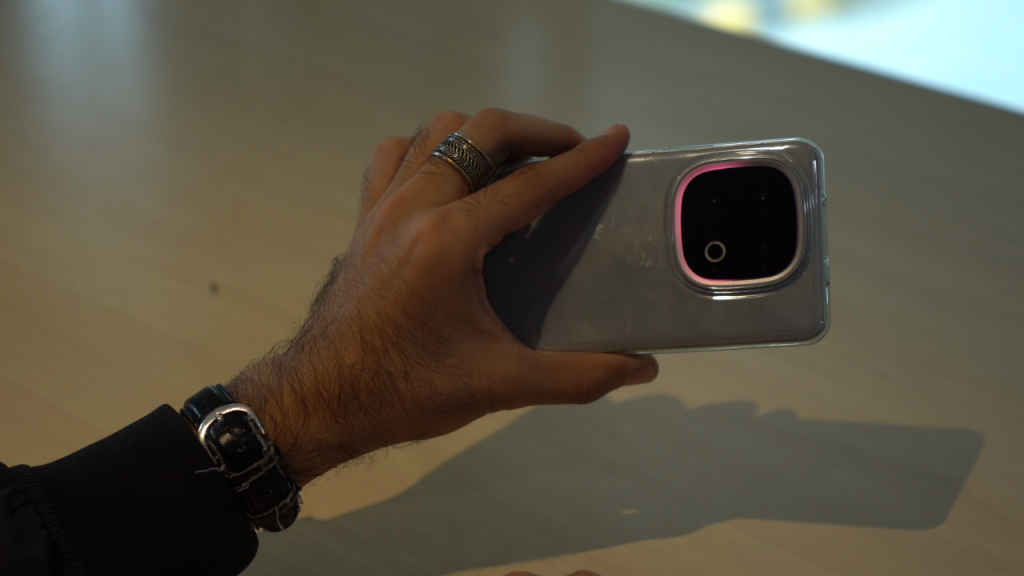
They don’t serve much purpose except for showing alerts and notifications. But if I’m honest, here’s my real experience: alerts and notifications are typically obvious from the tone itself. Even in a rare scenario—let’s say your phone is face-down, on silent, and it’s dark in the room—you can still know about notifications thanks to vibrations. Vibrations are so strong nowadays that I hardly need my phone to ring. So, this is a very fancy but practically useless feature.
The lights are placed near the camera, but they have nothing to do with it. Many people try to find this feature in the camera app, but iQOO has tucked it away in the Settings. Just search for “Dynamic Light,” and you’ll find it easily.
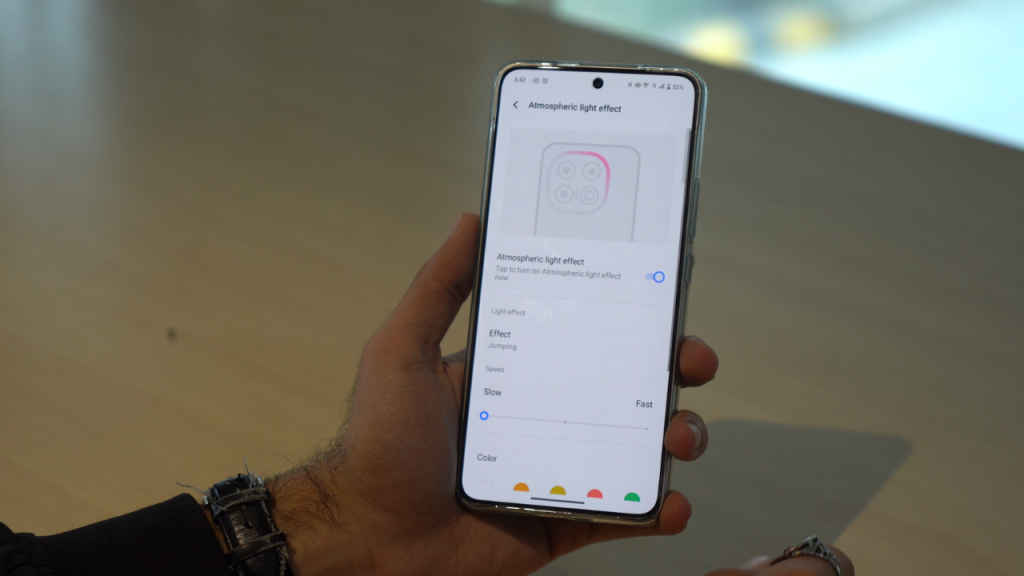
For protection, the phone has two things going for it. One good thing is that it comes with IP68 and IP69 ratings, so it’s built for rough use. However, when it comes to glass protection, there’s nothing, unfortunately. So yeah, feel free to expose it to dust and water, but don’t drop it.
Other than that, the in-hand feel and overall design are fine. The grip is a little less grippy, but it’s not a big issue for someone with big hands like me. But if you have tiny hands, it might feel a little bulky.
iQOO 13’s display is a luxury
Its display may not be the brightest, but it is a pure luxury. The word “luxury” connects with comfort, and this display is genuinely comfortable for your eyes. iQOO calls it an Ultra Eye Care Display because it’s built with a polarized sheet. This makes the display appear slightly warm, and warm colors are gentler on your eyes. That’s a luxury for you!
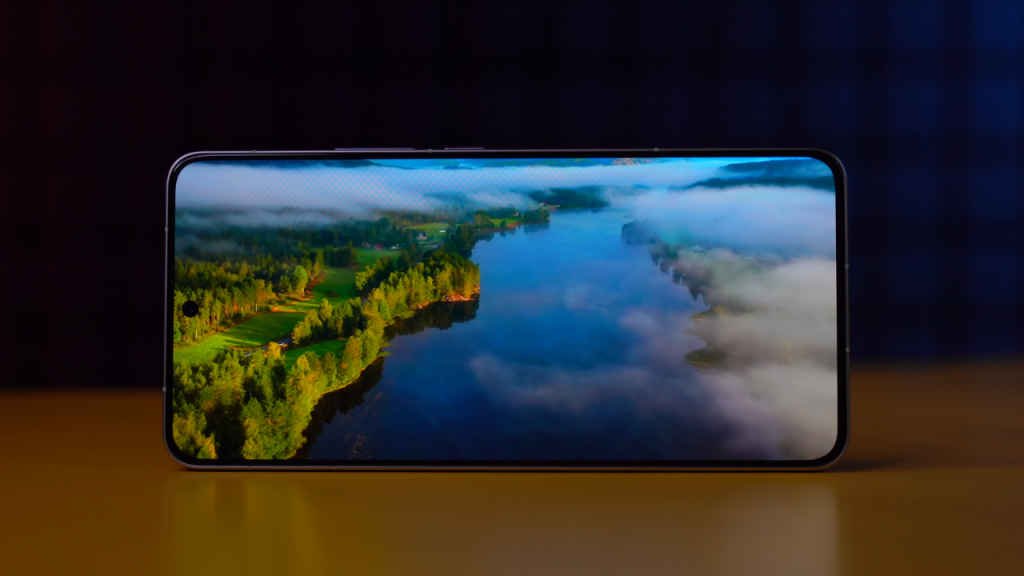
However, this feature does have an impact on display performance. While it works great indoors, under sunlight, it feels a bit dim compared to other flagship devices. While testing its brightness with Luxmeter (a device to measure brightness), we got 1483 nits of recorded peak brightness. I think this could be better.
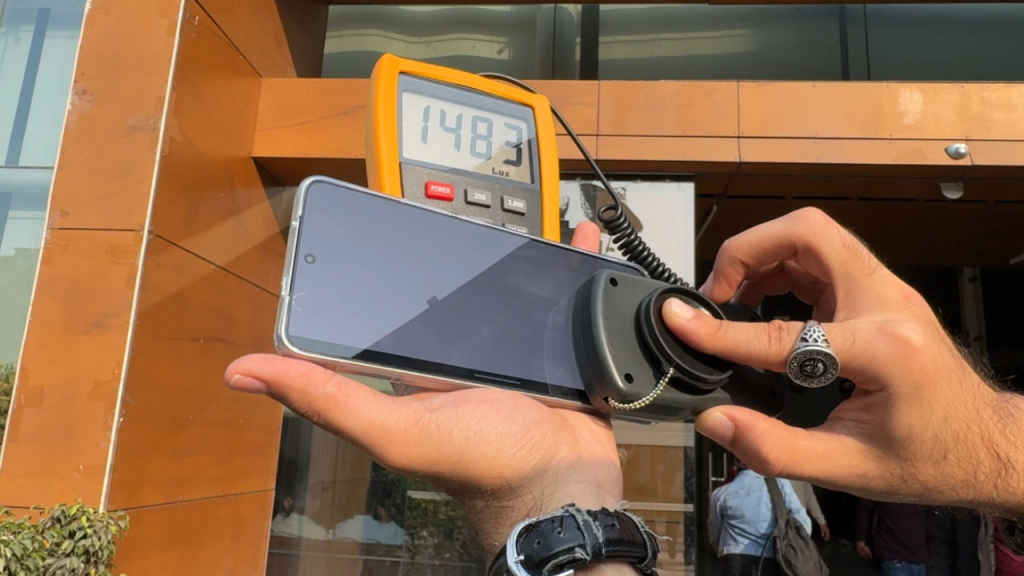
Other than that, everything is top-notch. It features a 6.82-inch 144Hz 2K LTPO AMOLED display with exceptional responsiveness and sharpness.
Moreover, the software on the iQOO 13 feels fresh, vibrant, and unmistakably Chinese. By ‘Chinese,’ I mean that, despite being marketed as a flagship, the iQOO 13 is cluttered with unnecessary apps (bloatware). iQOO, if you’re reading this, we really don’t need games like Rolling Twins and Block Blast.
No complaints with the battery
A high-quality display like this naturally demands a solid battery to match, and iQOO has delivered a 6000mAh battery. But what’s even more impressive is that it charges from 0 to 100% in just 40 minutes, and this is legit lightning-fast for a battery this big, thanks to the 120-watt fast charging.
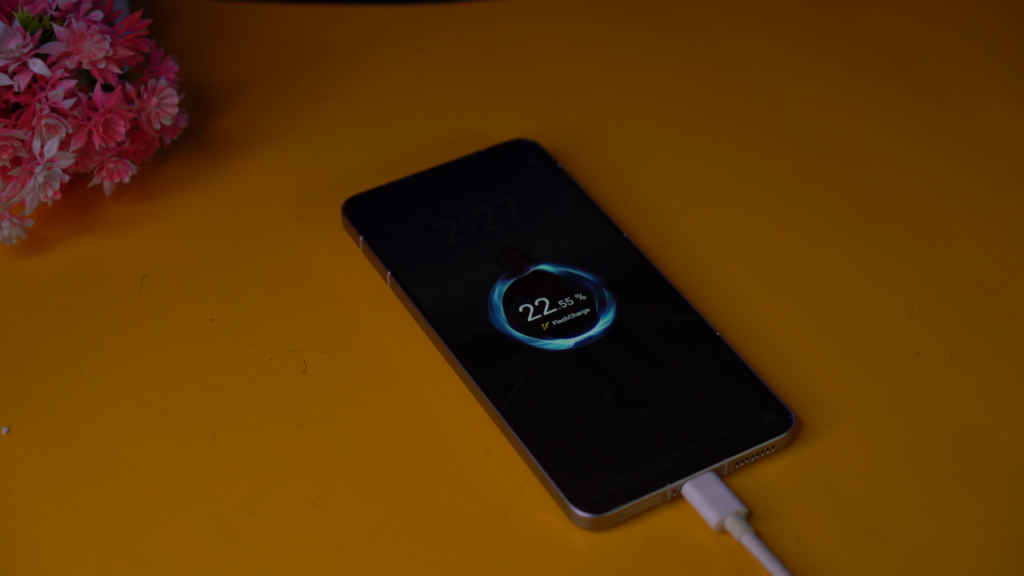
As for battery consumption, here’s an example: a 30-minute BGMI chicken dinner match uses only about 4-5% battery, which is an excellent figure. However, one thing could be better, which is the standby battery. I feel it has a good amount of overnight battery consumption.
iQOO 13: What’s our take?
So, how is the iQOO 13 as a phone? Should you go for it or not? With the GT 7 Pro in competition, should you prefer that instead?
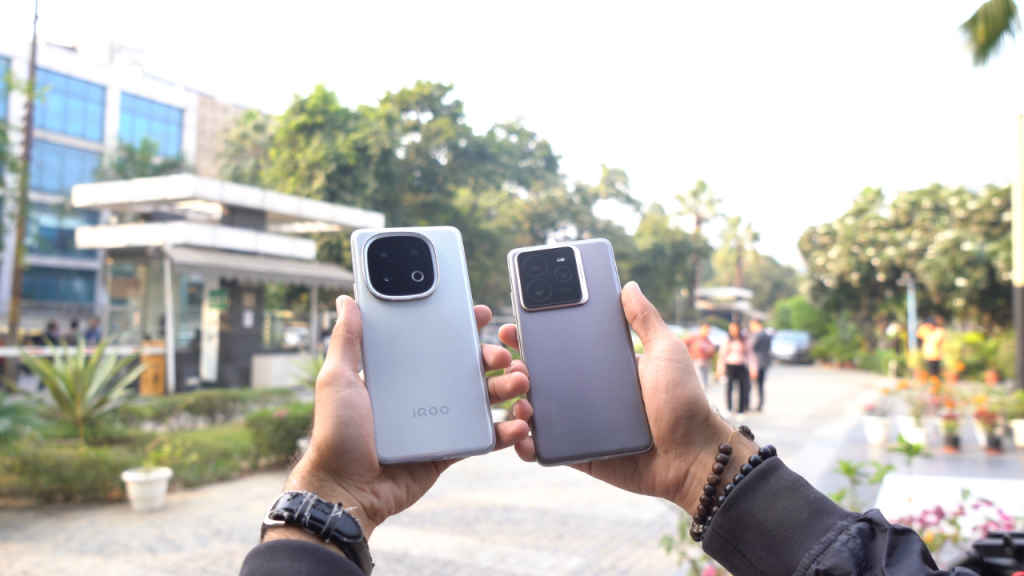
As a smartphone, I really liked the iQOO 13. It’s a true performance phone, no doubt, with some additional features that you won’t mind having.
Ultimately, it all comes down to one thing: money. The iQOO 13 has arrived in India for Rs 54,999. This pricing is less than we expected, and it also makes iQOO 13 the most affordable smartphone with the Snapdragon 8 Elite processor. This also means that if you are considering the Realme GT 7 Pro, keep in mind that the iQOO 13 is cheaper.
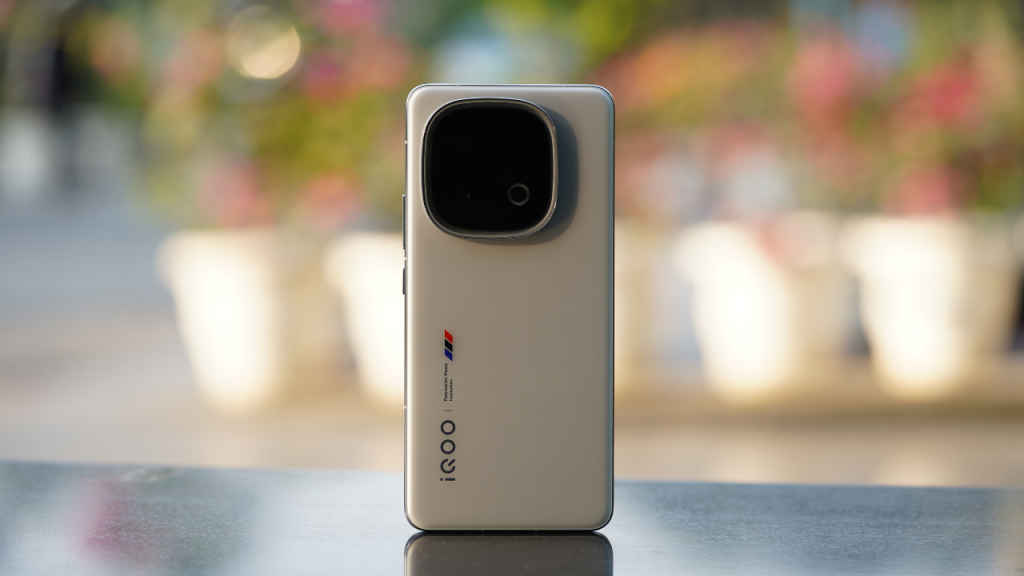
So, my friends, the iQOO 13 might not be the best camera smartphone but it is surely the best performance or gaming phone under Rs 60,000. Period.

iQOO 13 Key Specs, Price and Launch Date
| Release Date: | 08 Nov, 2024 |
| Market Status: |
Key Specifications
Battery capacity (mAh)
6000
Rear Camera Megapixel
50 + 50 + 50
Screen size (in inches)
6.82
Mustafa Khan
Mustafa is a young tech journalist who tells it like it is, cutting through buzzwords to deliver straightforward smartphone reviews. He’s the office go-to for insider tips and quick demos, and his video content doesn’t waste anyone’s time. When he’s off the clock, he geeks out over cars, photography, and hunting down the best spot for Indian food. View Full Profile





